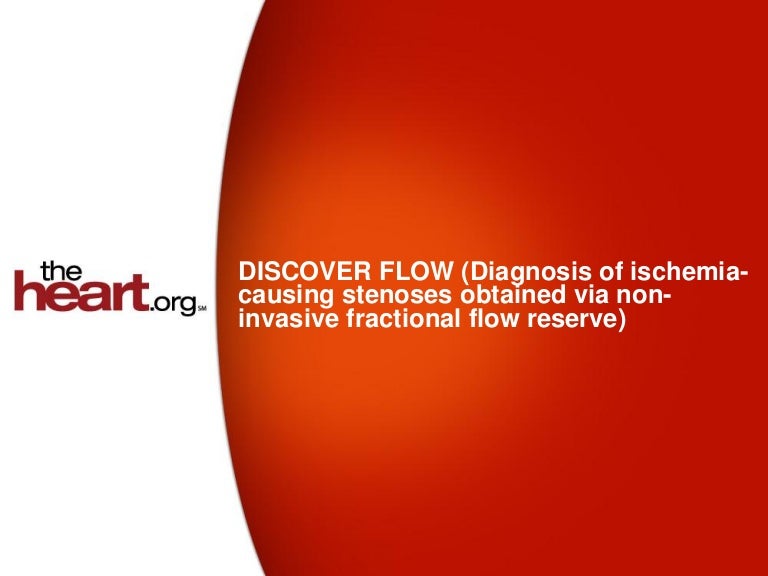

DeepWalk: online learning of social representations. et al.) 746–751 (Association for Computational Linguistics, 2013). 2013 Conference of the North American Chapter of the Association for Computational Linguistics: Human Language Technologies (eds Vanderwende, L. Linguistic regularities in continuous space word representations. Choosing experiments to accelerate collective discovery. Overcoming psychological barriers to good discovery decisions. in Encyclopedia of Mental Health 2nd edn (ed. Bias in Human Reasoning: Causes and Consequences (Psychology Press, 1989).Įhrlinger, J., Readinger, W. Availability: a heuristic for judging frequency and probability. On biases of attention in scientific discovery. Weaving the fabric of science: dynamic network models of science’s unfolding structure. ARTS: autonomous research topic selection system using word embeddings and network analysis. Teruya, E., Takeuchi, T., Morita, H., Hayashi, T. AI-powered drug discovery captures pharma interest.

Inverse molecular design using machine learning: generative models for matter engineering. Big data search space reduction based on user perspective using map reduce. By accelerating human discovery or probing its blind spots, human-aware AI enables us to move towards and beyond the contemporary scientific frontier. By tuning human-aware AI to avoid the crowd, we can generate scientifically promising ‘alien’ hypotheses unlikely to be imagined or pursued without intervention until the distant future, which hold promise to punctuate scientific advance beyond questions currently pursued. These models succeed by predicting human predictions and the scientists who will make them. Here we show that incorporating the distribution of human expertise by training unsupervised models on simulated inferences that are cognitively accessible to experts dramatically improves (by up to 400%) AI prediction of future discoveries beyond models focused on research content alone, especially when relevant literature is sparse. Artificial intelligence (AI) models trained on published scientific findings have been used to invent valuable materials and targeted therapies, but they typically ignore the human scientists who continually alter the landscape of discovery.


 0 kommentar(er)
0 kommentar(er)
